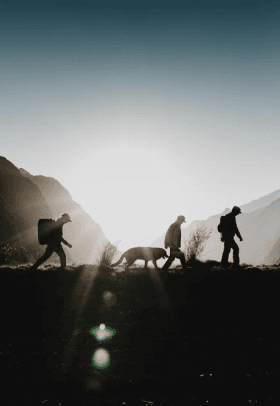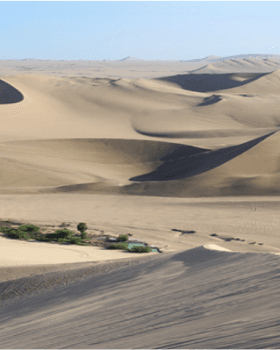2025

peru tours
Daring innovators committed to quality, we’re the first to conceive new experiences in Peru.best peru seasonal tours
When you embark on one of our Peru tours, you're in for the trip of a lifetime. Experience Andean cultures, Peruvian gastronomy, diverse wildlife, and Inca and pre-Inca archaeology.
HIKING & TREKKING

inca trail to machu picchu
March - December
5 days / 4 nights
From
$ 1290
/ Per PersonHIKING & TREKKING
huayhuash trek
April - October
12 days / 11 nights
From
$ 1750
/ Per PersonHIKING & TREKKING

the hidden valleys of salkantay
April - December
5 days / 4 nights
From
$ 1290
/ Per PersonHIKING & TREKKING

llama trekking on the north great inca trail
April - October
6 days / 5 nights
From
$ 1640
/ Per PersonHIKING & TREKKING

ancascocha trek & the short inca trail
March - December
5 days / 4 nights
From
$ 1290
/ Per Person<>
Add dates and destinations to filter your results
find your peru tour packages
Explore our website to find your Peru Tour Packages and view our offerings for the most exciting locations in Peru, including mountain, jungle, and coastal adventures for everyone!
2025
<>
Add dates and destinations to filter your results

WE USE STATE-OF-THE-ART EQUIPMENT FOR ALL OF OUR ADVENTURE ACTIVITIES
passionate about travel, our talented team of destination specialists share their in-depth travel knowledge to consistently cra quality trips that exceed expectations
Adventure
Culture
Nature
Respect
Sustainability




























